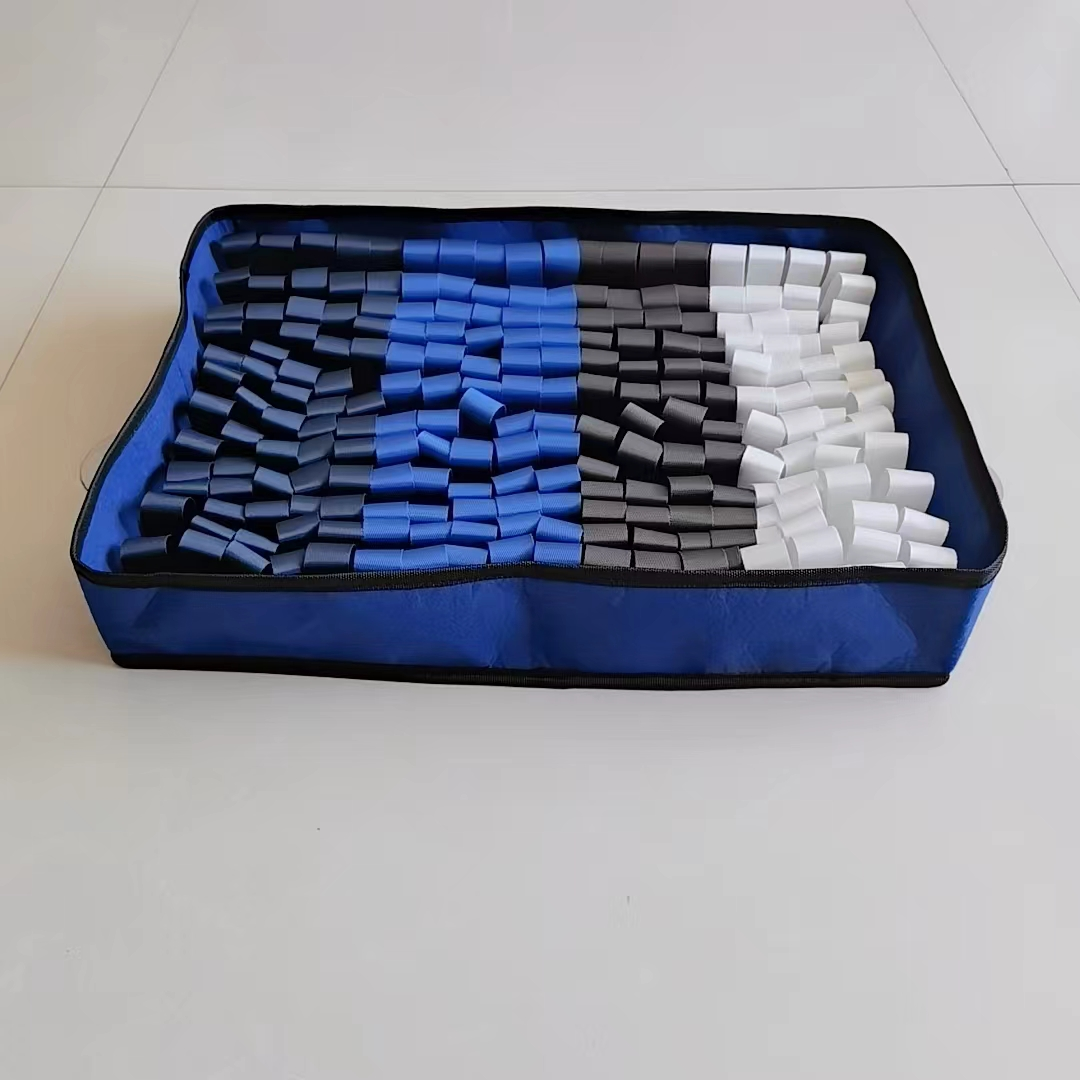How to Make Cheap Sound Absorbing Panels
In today's noisy world, finding peace and quiet can be a challenge. Whether you're a musician trying to record clean audio, a gamer seeking an immersive experience, or simply someone who values a calm home environment, sound-absorbing panels can make a significant difference. However, purchasing professional soundproofing materials can be expensive. The good news is that you can create your own cheap sound-absorbing panels with materials that are often readily available. Here’s a step-by-step guide on how to make affordable sound-absorbing panels at home.
Materials Needed
1. Fiberglass Insulation This will be the core of your sound-absorbing panel. Look for unfaced fiberglass insulation, which is typically available at most home improvement stores. 2. Wood Frame You’ll need some wooden boards to create a frame for your panels. Pine or plywood works well for this purpose.
3. Fabric Covering Choose a fabric that complements your room decor. Options include burlap, cotton, or other breathable fabrics that allow sound waves to penetrate.
4. Adhesive A strong adhesive or spray glue will help secure the fabric to the frame.
5. Acoustic Glue (optional) While not necessary, using acoustic adhesive can enhance sound absorption.
6. Wood Screws Use these to secure the frame together.
7. Tools You’ll need a saw (hand or power), a drill, scissors, and a staple gun or upholstery stapler.
Step-by-Step Instructions
Step 1 Cut the Frame
Start by determining the size of your sound-absorbing panel. A standard size is 2 feet by 4 feet, but you can customize it to fit your space. Use your saw to cut the wooden boards for the frame into four pieces—two for the length and two for the width.
how to make cheap sound absorbing panels

Step 2 Assemble the Frame
Assemble the frame using wood screws. Ensure that all corners are secure and that the frame is square. This will provide a sturdy structure for your insulation material.
Step 3 Cut the Insulation
Using a utility knife or serrated knife, cut the fiberglass insulation to fit snugly within your frame. Make sure you wear gloves and a mask while handling fiberglass to protect yourself from irritation.
Step 4 Attach the Insulation
Place the cut insulation into the wooden frame. If you’re using acoustic glue, you can apply it to the back of the insulation before placing it in the frame for added stability.
Step 5 Cover with Fabric
Cut your chosen fabric to size, leaving enough excess to wrap around the edges of the frame. Lay the fabric face-down, place the frame with the insulation on top, and pull the fabric taut over the edges. Use a staple gun to secure the fabric to the back of the frame, making sure there are no wrinkles and that it’s tight.
Step 6 Hang Your Panels
Once you have created your sound-absorbing panels, it's time to hang them. Use hooks or adhesive strips designed for picture frames to mount your panels strategically on walls. To maximize sound absorption, place them in areas where sound echoes, such as directly opposite sound sources or on walls adjacent to windows.
Conclusion
Creating your own cheap sound-absorbing panels is not only a cost-effective solution but also a rewarding DIY project that can enhance the acoustic quality of your space. With a few materials and some basic tools, you can significantly reduce noise levels and create a more comfortable environment. So gather your materials, follow the steps, and enjoy the tranquility of a space designed just for you!
-
The Versatility Of Acoustic Wall Panels Makes Them Suitable For Various SettingsNewsOct.28,2024
-
More Enjoyable Solutions For Your SpaceNewsOct.28,2024
-
Give You A Comfortable And Quiet EnvironmentNewsOct.28,2024
-
Elevate Your Sound Experience with Acoustic SolutionsNewsOct.28,2024
-
Create Quiet Spaces with Wooden Acoustic PanelsNewsOct.28,2024
-
Achieve Superior Sound Quality And Stylish Design With Felt Wall PanelsNewsOct.28,2024
